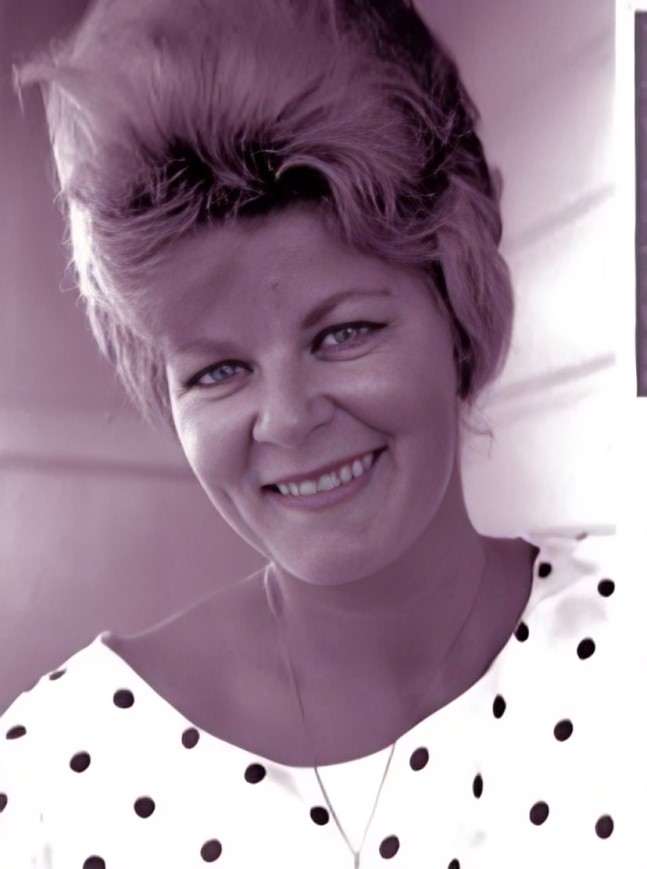

Anna Hoffman in 1960.
Scandal, weed and witchcraft
May 1, 2025
As a child she played the violin; as a woman, chess with a Mongrel Mob president. Scott Bainbridge on the life and curious times of Anna Hoffman, the Maharanee of Marijuana.
By: Scott Bainbridge
She was the antithesis ‘it’ girl of swinging sixties New Zealand. Bohemian, white witch, the Maharanee of Marijuana; Anna Hoffman was tabloid fodder in the 1960s thanks to Truth regularly reporting her hijinks. Hated by the authorities, she was loved, even envied, by the conservative public. Ten years after her death, she is still remembered as an eccentric sex symbol.
When I decided to write a book about the infamous Bassett Road Machine-Gun murders which rattled Auckland in 1963, Anna was the first one I reached out to as she knew those involved. Her extraordinary life, covered in three self-penned anthologies ‘Tales of Anna Hoffman’ (vols I, II and III) are terribly underrated.
I was warned to take what she said with a grain of salt. Anna told me she was at the illegal beerhouse at 115 Bassett Road, Remuera the night her friend George Walker and the tenant, Kevin Speight were shot dead by John Gillies who had gone there with Ronald Jorgensen to exact some revenge.
“I was in the next room screwing a sailor when the shots were fired.” I was dubious. In her book she wrote she was in Australia at the time of the murders. She opened her bag and showed me a human skull. “Shh, don’t tell anyone; it’s Jorgy” she winked. Jorgy was Ron Jorgensen, who was convicted for the murders and who had disappeared in 1984. I smiled. I knew she had told others the skull belonged to Ned Kelly.
Anna was mesmerising dressed from beret to toe in purple, and I hung on every word. Once she gave me a ring a friend had fashioned. It was brass with a Winchester bullet encased. She said it was the bullet which killed Walker at Bassett Road. While it was indeed a bullet, it was too small for the actual murder weapon, a Reising sub-machine gun.
Tall stories aside, Anna and I became firm friends. Although she lived in Napier, she regularly caught the bus to Auckland. Weeks later, I arrived at Claude (Pooch) Quintal’s apartment in Beresford Street. Present was Anna, a retired bank robber, safe-breaker, and an erotic dancer. Pooch, one-time bodgie, put on a scratched Thelonious Monk LP, someone lit a joint and I pressed record and spent one of the best days of my life listening as they riffed on the bad old days.
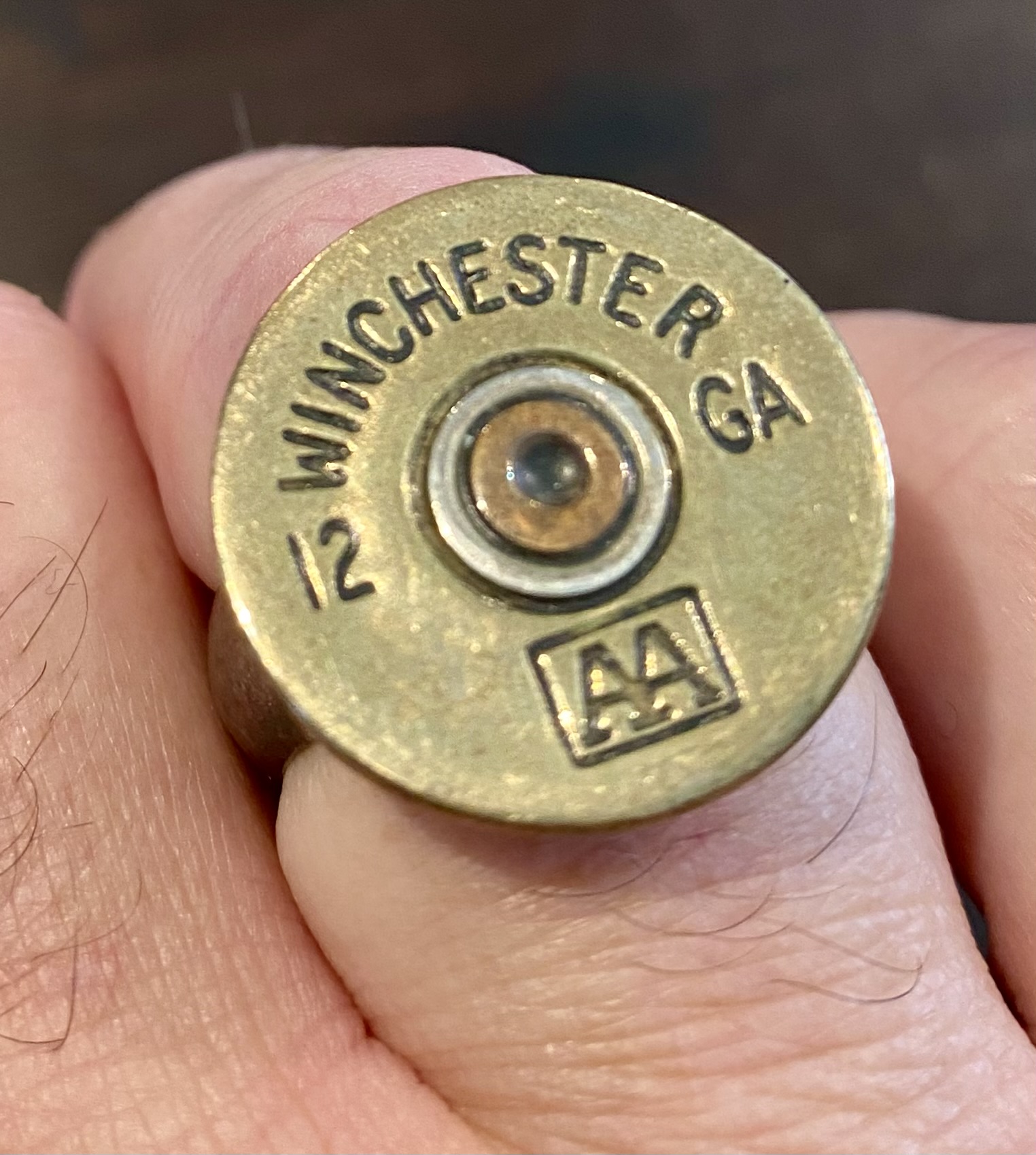
The ring Anna gave Bainbridge in which she claimed is the bullet which killed Knucklehead is encased.
Anna was born Lorna Jenks in Taumarunui in 1938, and moved with her family to Papatoetoe two years later. A gifted violinist, Lorna attended New Plymouth Girls Boarding School to learn under esteemed music teacher, Willie Komlos. She excelled and aged 14 was playing violin for the New Plymouth Orchestra. She left school with the dream of moving to Paris and further her career.
On her 16th birthday in 1954, Lorna left home and moved into the Avonlea Boarding House. As she had not achieved University Entrance, she found work as a photographer’s assistant for Christopher Bede’s studio and worked as a waitress at the Golden Dragon restaurant at night. Post War Auckland attracted people from many walks of life and she gravitated to the beatniks and arty set.
Young and impressionable, she became a self-styled bohemian and dressed in dark clothes and red beret. One afternoon, she was walking barefoot along Karangahape Road, when a man resembling Al Capone stopped and asked if she couldn’t afford shoes. Before she could answer, he dragged her into a nearby Manchester shop and demanded cash from the timid proprietor.
“He handed me some banknotes and then pocketed the rest himself. ‘Here you go girlie, Big George will look after you,’ he told me. Then he took me to the TAB and taught me how to gamble.”
From then, she became close friends with criminal George Knucklehead Walker, who introduced her to the seedy side of Auckland. In this era of 6 o’clock closing, he took her around all the slygrogs where she made friends with people in Auckland’s criminal underworld who took a shine to her. “I was a shy and curious girl on my own. I am sure they were just as curious as I came from a good home and was an outsider, but they all were very good to me and made sure I wasn’t taken advantage of.”
It was then Lorna Jenks became Anna Karina Hoffman. Anna, after being inspired by the movie Anna Karenina, and Hoffman from the Offenbach opera ‘Tales of Hoffman’, with a passing nod to Frank Hofman, founder and performer of the Auckland Philharmonic Orchestra, whom she greatly admired.
Somervell’s Milk Bar at 221 Queen Street was a café favoured by bohemians and intellectuals, and it became Anna’s favourite place to meet people of her own literary and artistic ilk such as Colin McCahon, Kevin Ireland, Frank Sargeson and others all met to listen to jazz and discuss world affairs.
“I was there every day as it was the only café in Auckland which served real percolated coffee.”
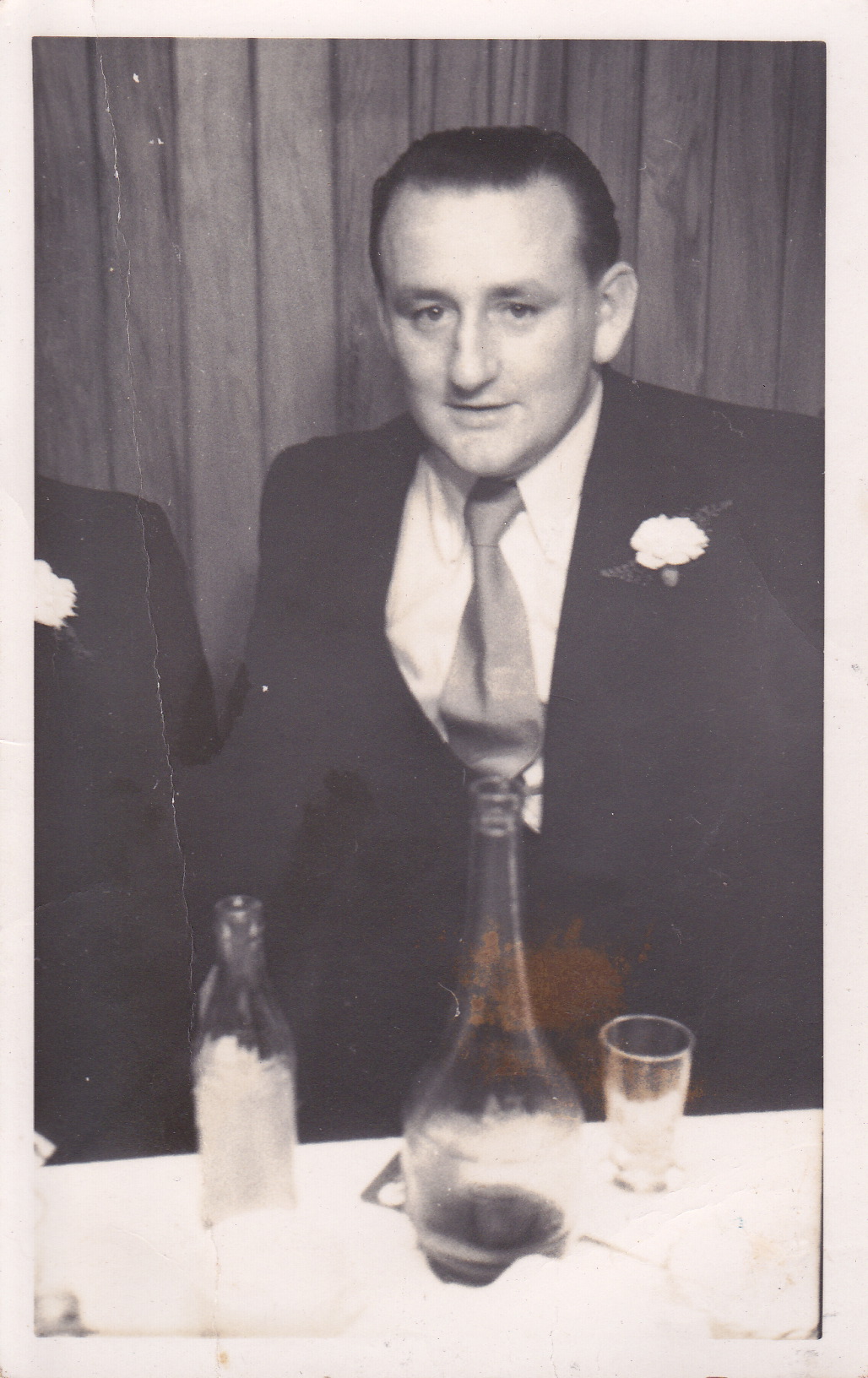
George Knucklehead Walker- Anna’s gangster friend who introduced her to the seedy side of Auckland. Walker was shot dead during the Bassett Road Machine-Gun murders in 1963.
Such a day was 28 March 1955. “It was just before 2pm. I was sitting in a booth reading the latest copy of Soviet Weekly. I noticed the girl I recognised as the cinema usherette get up and leave. At the same time, this boy came in holding something in a big brown bag. Then there was a deafening explosion. Everything, walls, tables, sandwiches, even myself, were splattered with blood and strips of flesh. I looked across and saw the poor girl’s face had been blown off.”
Sharon Skiffington, 19, had recently jilted her boyfriend, Frederick Foster, and he had not taken it well. After he shot her dead, he claimed he did not mean to kill her. “Being a witness, I had to give evidence and it scared the life out of me. It was a huge social scandal for my parents. A few days before the trial started, someone helped sneak me aboard the Monowai bound for Australia. A week after I arrived in Sydney, Freddie Foster was hanged.”
With just her violin and £1, Anna enrolled in the Conservatory of Music hoping it would be a stepping stone to Paris. Then fate intervened. She sought out Dunedin-born eccentric, artist, Rosaleen Norton now living in Sydney who became notorious as a bohemian practitioner of witchcraft and the occult. In ‘Roie’ Anna found a kindred spirit and began studying the Black Arts and attending drug-fuelled black mass orgies and parties.
One party she attended was raided by police. Anna was arrested for swearing and resisting arrest. She was separated from the other women and locked in a padded cell. Throughout the night, she alleged she was violated by the policemen who arrested her. The next day she was taken to court where her involvement with Norton and stories of Satanic rituals were heard. That was enough for the magistrate to deport her back to New Zealand.
The case made headlines. News of a young girl dabbling in witchcraft was unheard of and Anna became an overnight celebrity, but now there was a target on her back. Authorities considered her a bad influence to the young who were already being exposed to a diet of American popular culture promoting violence and teenage rebellion.
In the bush-clad gully beneath Grafton Bridge was a grassy dell in the middle of the trees where Anna found a dumped wooden stove. She converted it into an altar and covered it with candles and animal skulls. On the night of March 12, 1960 – her 22nd birthday, she accompanied her friend, the pianist Billie Farnell, into Grafton Gully to milk his goats.
Suddenly, they were surrounded by police. “We got a hell of a fright. They asked what we were doing, oblivious we were milking the goats. I said something like, ‘oh, you have arrived in time; we are going to sacrifice a goat. Would you like to drink a goblet of blood to celebrate the full moon?’ I said it sarcastically because there were no knives or anything there other than buckets to show we were collecting milk. They took me seriously and arrested me.”
Present at the ambush was intrepid Truth reporter, Bill Cullen, who scored the scoop of his lifetime.
GRUESOME GOINGS ON IN GRAFTON GULLY! SATAN WORSHIP HERE, NZers TO CELEBRATE EVIL FEAST DAY.
The accompanying article was sensational, claiming “a black cat, white hen, and black rooster were sacrificed before a fantastical orgy with marijuana, and homosexual men and women all dressed in black were giving themselves over to sexual excesses.” If the article was designed to horrify the conservative public, it had the opposite effect. Over the next few weeks, hundreds made the pilgrimage to Grafton Gully hoping to catch a glimpse of the ghoulish gatherings.
Anna Hoffman was now a household name, but it wasn’t just the public who were fascinated; the police watched her every move waiting for her to put a foot wrong. She took it in her stride. Billie Farnell had a pet Rhesus monkey named Mowgli, whom she trained to masturbate whenever he saw a uniformed policeman.
“I had a love-hate relationship with the police. Most of them I got on well with and had some lovely dalliances. But there were some who just did not like me. Detective John Hughes was out to get me. One day, he accosted me on K-Road and Mowgli jumped up and stole his hat, running into Milnes and Choyce [department store] with it.
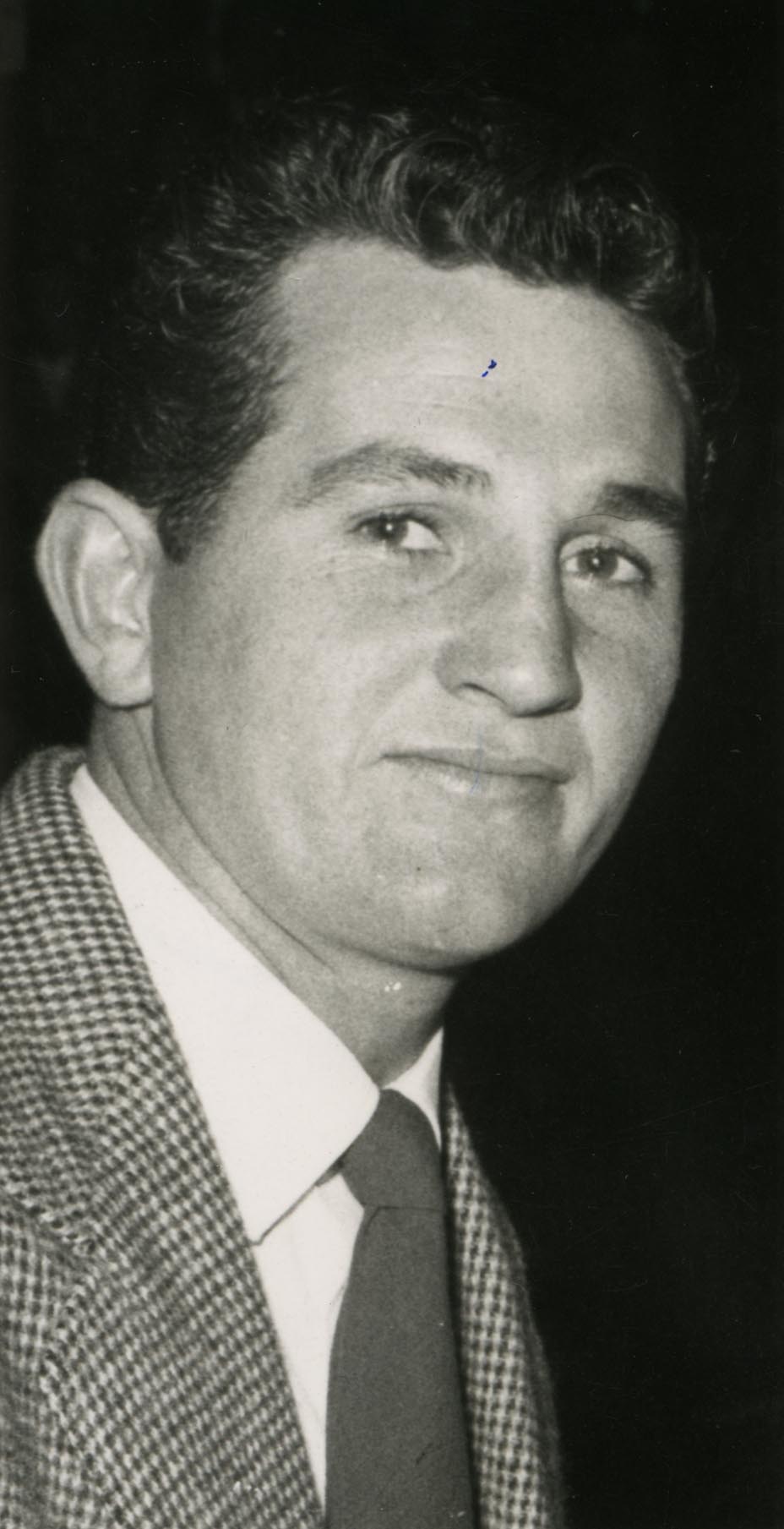
Detective Sergeant John Hughes- Anna’s arch-nemesis who was out to get her. At Hughes’ funeral in 2006, Anna arrived in style on the back of a motorcycle which drove up the steps of the Cathedral.
When Hughes died in 2006, Anna arrived at the funeral in style riding up the cathedral steps on the back of a motorcycle.
A month after the Grafton Gully incident, Anna was working as a waitress at the Tai Ho Café in Grey Street when Max came in. He was a tall, bearded man with tattooed hands, and dressed as a beatnik. He chatted her up and then called in every night of her shifts. He asked her out, but their date finished early and he asked if she knew of any beerhouses where they could go for a drink. She took him to Charlie White’s sly-grog in Islington Street, where a who’s who of Auckland’s criminal underworld were in attendance. A few nights later, police raided, shutting it down. The same thing happened after they hit another joint at Randolph Street. Anna grew suspicious. Max turned up at her room in an agitated state admitting he was addicted to marijuana and asked if she could get him some. Knowing marijuana was not addictive, she played dumb. He pestered until she relented and gave him a reefer. The next evening, he turned up wanting more, this time adding he could pay.
Max would not let up. Anna prepared some reefers and concealed them in a cigarette packet. In a secluded corner of the Picasso nightclub, she handed them over saying there was no more and to leave her alone. Max snatched them and thrust some banknotes into her bag before hastily leaving. The next day, her room was raided, and she was arrested for possession and selling marijuana to the bohemian, Max, who was Detective Maxwell Boag, working undercover for the newly formed vice squad. Even though she had not sold them, she pleaded guilty. Her lawyer, the maverick Mick Robinson, argued that a man had been in front of the magistrate for the same charge and had been granted clemency, and she should expect the same. But the magistrate had likely read the recent headlines and described Anna as a woman of evil.
The court was packed with curious on-lookers every day. She was followed by a loyal entourage trying to emulate her ‘look.’ Anna would bring along Mabel, Billie’s favourite goat and Mowgli. “Mabel slipped her lead and piddled on the courtroom floor. A policeman raced across yelling for me to get her out and slipped over on his back. Mowgli climbed down and started masturbating. It was a real spectacle.”
Anna was sentenced to six years in Mt Eden women’s prison. Truth dubbed her the Maharanee of Marijuana.
When she was released, she went along and pushed marijuana seeds between the marigold seedlings in the garden boxes outside the Post Office. Anna had moved to the Radnor Flats and worked as a chauffeur for George Walker who had lost his driver licence. She hid escaped prisoners and Australian robbers in her room until it was clear for them to ring-bolt to Australia.
“Every Friday night I went to Vulcan Lane, which is one of those narrow quaint pedestrian-only streets off Queen Street. I would drive up and park my open top red MG right outside the front door of the Queen’s Ferry Hotel, sit on the bonnet and drink gin. I was the centre of attention and a drawcard for huge clamouring crowds. A wonderful madness ensued and I thought nothing of pouring a bottle of gin into the radiator of my car outside the pub, as the crowd looked on in awe.”
Dressed in conspicuous latest fashions, sometimes wrapped in furs and wearing black stilettos, and with her bleached blonde bouffant beehive hairstyle, she stood out. “I never resisted the temptation to put on a performance – I couldn’t let people down.”
When the police arrived and produced their ticket books, she hopped in, revved the motor, and zoomed off with everyone clapping and cheering.
The businessmen’s association took out a petition to stop her entering Vulcan Lane and barring her from the Occidental and Queens Ferry hotels. Anna retaliated by setting up outside the hotel on a stool with her own grog holding court.
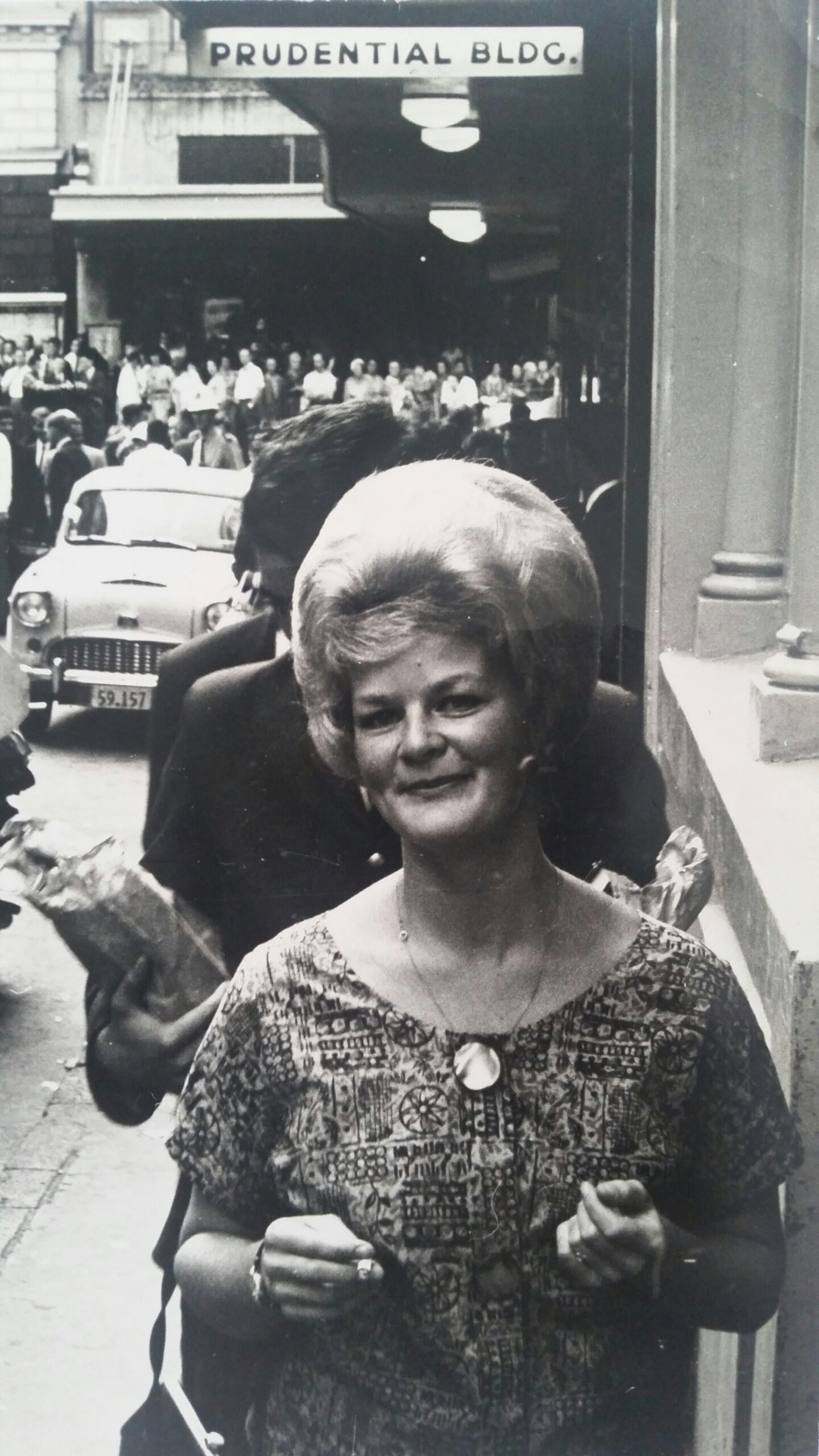
Anna Hoffman holds court on Friday night in Vulcan Lane in front of an adoring crowd
“I got so many traffic tickets I didn’t pay. I got enough to wallpaper the entire room. Whenever I went to prison, the traffic fines were wiped anyway. Every time I got one, I rang Prime Minister Holyoake directly to complain. He got so sick of me.” It wasn’t the last time the telephone got her into trouble.
On 15 April 1961, the premier of the Soviet Union, Nikita Krushchev turned 83.
“I heard on the radio it was his birthday, and I got the urge to call him and wish him happy birthday. In those days you had to book a time for your call. I placed my call to Mr Krushchev at the Kremlin about 8pm when I knew the lines weren’t so busy. I could hear operators in different languages talking as they patched me through. I really didn’t expect to get through, but after 20 minutes I heard a voice. I said ‘Mr Krushchev? He said, ‘da, da,’ and I sang Happy Birthday down the phone. I expected he would hang up but when I finished, he laughed and sang back to me. It sounded like a Russian drinking song. Then the line went dead.”
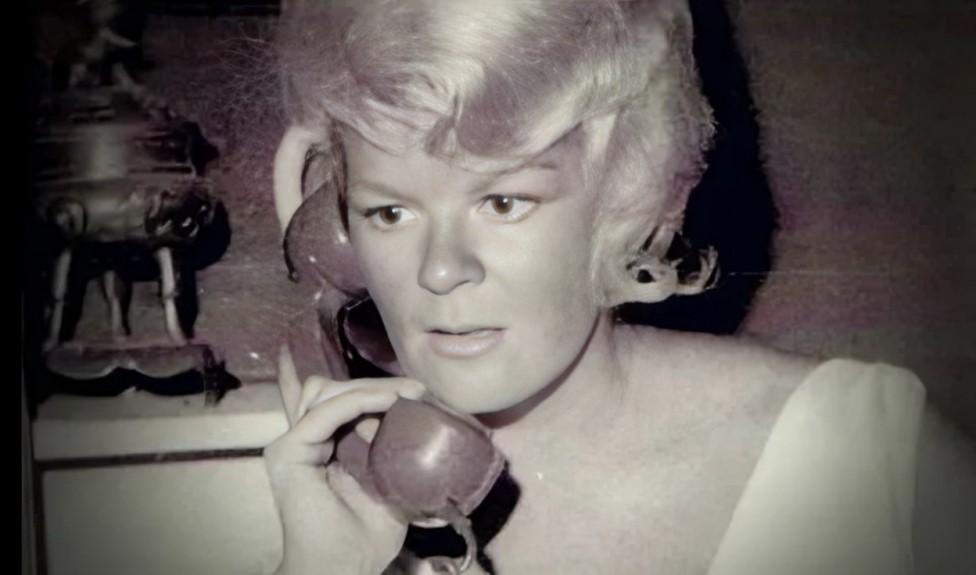
Anna Hoffman on the phone singing happy birthday to Premier Krushchev.
Late one night, Anna answered her door to two men wearing gabardine overcoats, flashing SIS badges. They barged their way inside demanding to know why she rang the Kremlin. “At first, I thought they were some friends playing a joke, so I played along pretending to be scared. When I realised they were for real, I became indignant and told them what was said between Premier Krushchev and me was a private matter. They looked at each other not knowing what to say really, but they left warning me I would be under constant surveillance. I learned years later that they suspected I was New Zealand’s version of Mandy Rice-Davies and I stayed on their watch-list until the 1990s.”
While she lived at Studio Flats she was visited by Bill, whom she knew from the nightclub scene. “He gave me some bars of Tosanpin Energy Chocolate he brought back from Japan. He said it contained an aphrodisiac and was popular in Asia for stimulating sex life and made you enjoy it more. He vaguely said we should go into business selling them here as he could bring over more. I threw them in my drawer and forgot about them. Some gangsters heard about them and contacted me asking if I knew where to get drugs. When I handed over the chocolate, the police burst in. I learned Bill was a police informant and the jacks set me up, and I was arrested for selling poison. So, off to court again.”
Anna pleaded not guilty. The trial was farcical. The courtroom was a daily circus with numerous supporters dressed in flamboyant attire, with Mabel and Mowgli in tow. The chocolate was found to have minute traces of yohimbine, a mild hallucinogenic derived from West African tree bark, which caused a sensation not unlike Viagra today, but it was essentially energy chocolate. Anna was acquitted.
“I had accumulated an over-rated reputation as a femme fatale and a sex symbol. It was flattering at first but I was soon exhausted trying to please everyone. I kept up the scandal and silly stunts to keep myself amused and the people lapped it up and wanted more. Who was I to deny them that?
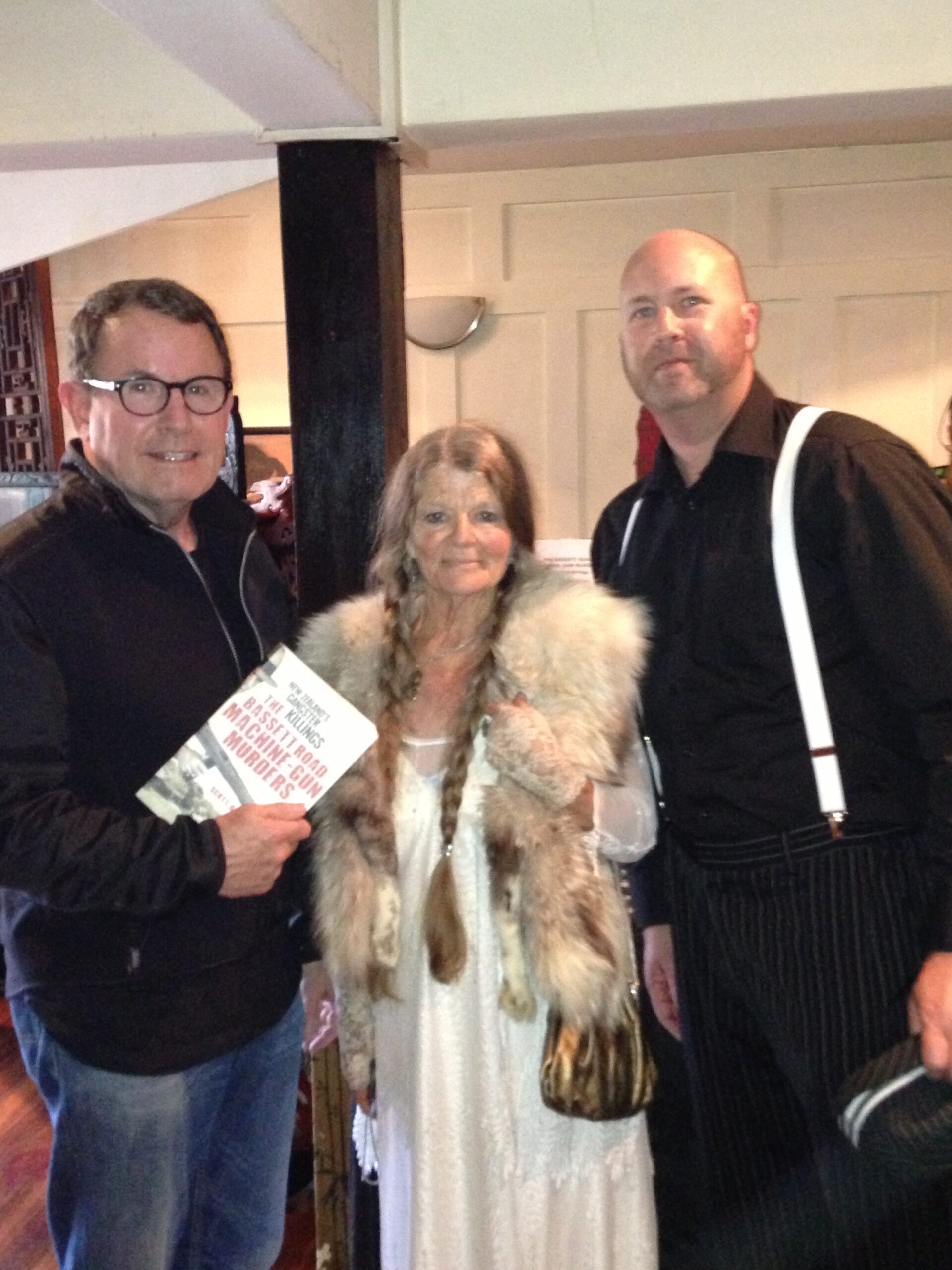
John Banks, Anna Hoffman and Scott Bainbridge at Shanghai Lils, 2013 for the launch of his book, The Bassett Road Machine-Gun murders.
By 1962, Anna had enough. She was harbouring an Australian gangster and they decided to leave New Zealand together. Using a false identity, she purchased tickets for the inaugural flight from Whenuapai airport to Brisbane. No-one noticed her and she spent the next few years in Australia.
She returned to New Zealand in the late 60s. The world had changed. Anna joined every protest and march happening, but she no longer featured on the front-pages. In the 1970s she worked as a wardrobe designer for ‘Play School.’ After a holiday, she fell in love with Napier and moved there. She became involved in the Hawke’s Bay Trust and lived next door to the Mongrel Mob, and played chess with the president every week.
Anna never lost her love for Auckland. She travelled regularly to visit friends and help at the Auckland Writers Festival each year. 2014 saw a resurgence in 1950s noir with the local television series Trouble with Murder, and Peter Larsen’s brilliant play Albert Black. These saw Anna in front of the cameras again.
The Bassett Road Machine-Gun Murders was released on the 50th anniversary of that historic case. The launch was held at Shanghai Lils in Parnell where Billie Farnell played background jazz on his piano, poet John Yelash recited a poem to dead criminal friends, and Anna held front of stage speaking about her friendship with George Walker, and the bad old days, which for her, weren’t entirely bad.
